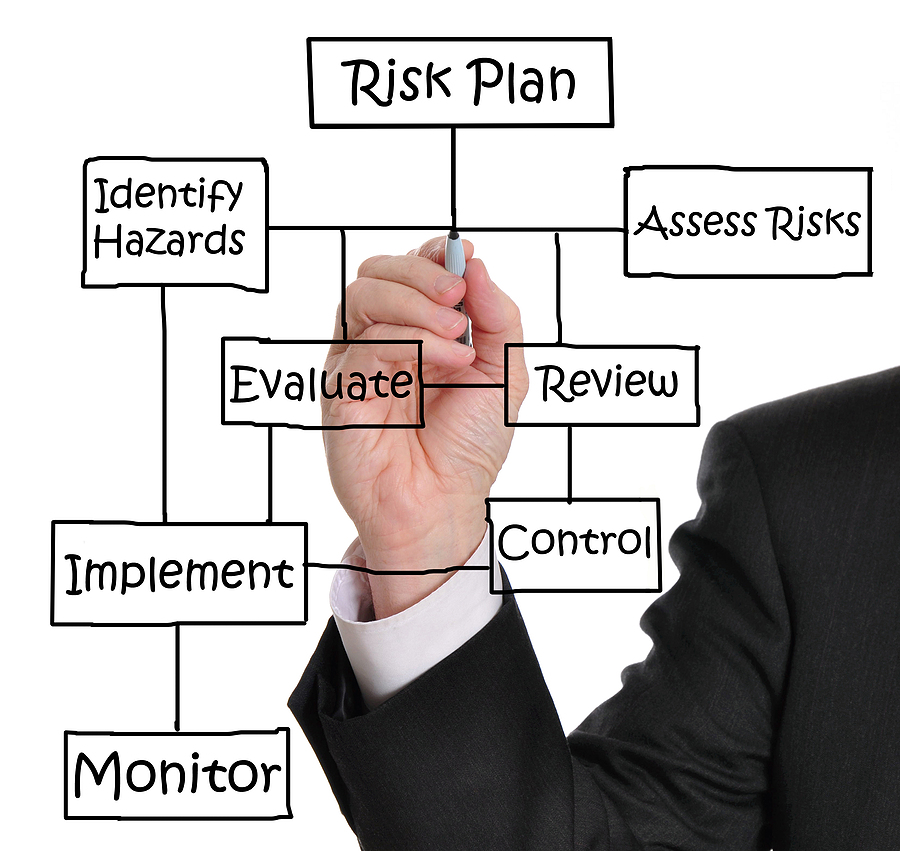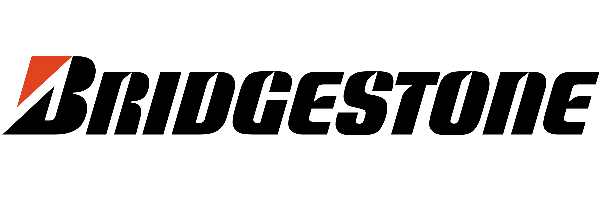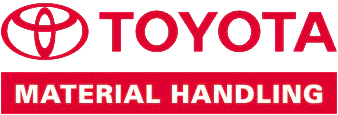Hazard risk management is about proactive management systems that reduce or prevent your employees from being exposed to a potential hazard in the workplace.
This means managing any physical or mental risks and actively promoting the health, wellbeing, and general welfare of your workers, and the quality and productivity of their work.
Risk management is no small feat for modern businesses.
It’s no longer just construction sites or factories (high-risk environments) that need to consider hazard risk management strategies – the modern work environment may mean a hybrid office and home environment which presents a wide range of considerations for risk management.
In Australia, work health and safety management is taken very seriously, and for good reason. Most companies know if they don’t take good care of their employees, volunteers, visitors and contractors this can have serious consequences, like workplace injuries and sometimes even death.
Work health and safety management systems can reduce serious incidents and prevent potential harm to your staff. It can also actively improve both productivity and compliance in your workforce.
What does a safe workplace mean?
A safe workplace includes physical and mental safety – this means a manageable workload, reasonable hours, appropriate duties and allowing workers enough time to comfortably complete their tasks.
Consider that the overall workflow is smooth and sequential, with workstations being ergonomic as well as inclusive so each person is comfortable with their own needs and capabilities.
Physically, this means you ensure people are physically safe from harm, separate from moving vehicles, dangerous equipment or chemicals.
If you supply equipment you need to ensure it’s fit for purpose. This includes consideration that the equipment is safeguarded and stored correctly, workers know how to use it safely, and it’s regularly maintained.
You must also make safety data sheets and operating manuals from designers, manufacturers, importers and suppliers readily available.
Why is hazard risk management important?
Risk management is critical to preventing potential workplace injuries, accidents and illnesses.
It is also important in improving the health, well-being and capacity of your workers, along with the quality and productivity of their work.
The bottom line is about ensuring your employees’ safety first and being responsive and adaptive to your workforce’s needs.
What are my risk management responsibilities?
As an employer or PCBU in Australia, managing safety in the workplace is your responsibility: it’s part of your duty of care to minimise or eliminate harm when your employees are at work.
You have a legal responsibility to manage risk as set out in the 2011 Work Health and Safety Act.
This legislation applies to anyone conducting business.
If there is an incident while at work, the Safety Regulator can check if work health and safety management practices were in place to mitigate and manage potential issues.

How do you design a safer work environment for your employees?
Work health and safety management means putting employees’ safety first.
Several steps are involved in identifying and managing hazards. Let’s summarise this process into four key stages.
With each stage there is a corresponding question you can ask to ascertain what needs to be done to manage work health and safety.
Stage 1 – Identify Hazards
What hazards exist in the workplace?
Thoroughly evaluate the workplace to identify potential risks to their health and safety.
Allow your staff to share any incidents that have occurred, register any ongoing issues, and collect their feedback.
Stage 2 – Risk Assessment
How serious are the potential consequences of the hazards?
With the list of hazards identified, weigh up the likelihood of the risks occurring and measure the impact this would have on the business (using a scale of low, medium or high).
Hazards like chemical exposure or electrical issues, are more extreme risks than a poor ergonomic desk setup, so rank these accordingly.
Stage 3 – Risk Control
What measures you can take to reduce the likelihood of accidents?
If it’s not possible to eliminate the hazard, how can the potential risk be better managed?
For example, increasing the visibility of workers who may be near vehicles or machinery by making high-vis uniforms mandatory.
Stage 4 – Review
How effective are the measures in place at reducing incidents and what more needs to be done?
A crucial part of your hazard risk management strategy is to review how effective the control measures are at mitigating risk.
Every two years you should conduct a thorough review to ensure that the control measures implemented are appropriate, effective and the risk assessments are valid and reliable.
If your business is ready to maintain a workplace that reduces the risks of accidents, Skytrust’s cloud-based health and safety management software can help you.
Explore how Skytrust can help
The most common workplace risks involve chemicals, machinery, the physical environment, ergonomic set-up, and psychological issues.
Skytrust’s WHS software system helps reduce the risk of incidents with a dedicated risk register listing all potential and historical incidents.
With Skytrust, you can:
- Take a more proactive approach and reduce paperwork
- Get a better picture of the risks within the business and each location
- Help employees take ownership of their safety
- Reduce administration and documentation time
Using Skytrust’s intelligence systems you can protect your business:
- Make inspections a breeze
- Make recording incidents easy and uncomplicated
- Keep a list of historical incidents that you can refer to and learn from
- Protect against incidents with a system in place to mitigate them
- Self-audit your management systems against national and international quality standards
Our software management system is here to help your leadership team integrate work health and safety into every area of the business.
Request a demo today to see if we’re a good fit for your business! Simply fill in this form and one of our team will be in touch.






